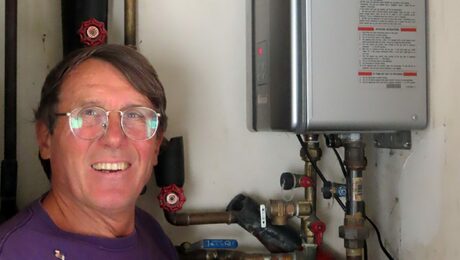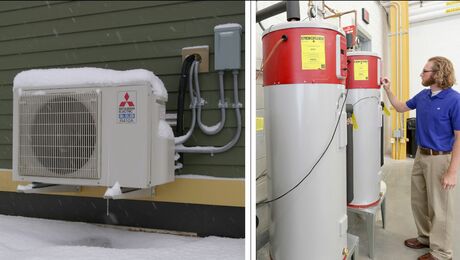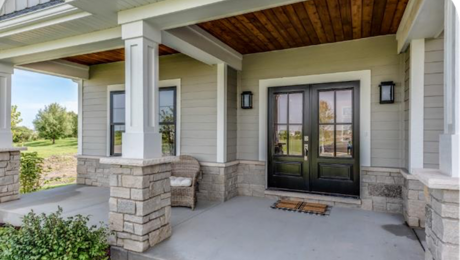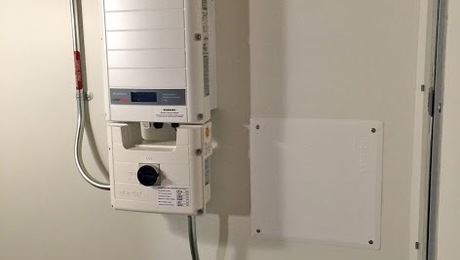Attic insulation options
I have a 4,000 sq.ft. ICF home under construction in SLC UT. An in insulation contractor recommends that I spray foam the bottom side of the roof deck duc to limited attic space (3:12 pitch). There is no ductwork or equipment in the attic space. I was quoted nearly $7000 for R-41 open cell spray with the option to add 2″ of closed cell at $4500 for R-14. I have no recessed lights but quite a few LED surface mount junction boxes that would need sealing. I don’t know if I can trust any contractors to adequately spray/seal the backside of the sheetrock/lights as the low pitch and varying ceiling height (9ft/12ft) leave some areas inaccessible after sheetrock. The trusses have a 15″ raised heel so there is plenty of room for cellulose.
After the articles I’ve read on here I’m simply to scared to spray R-50 of open cell on the roof deck without a layer of closed cell first but over $11,000 for attic insulation is quite alarming.
Would there be any logic in spraying the underside of the roof deck and raised heel with closed cell as the air barrier (before sheetrock) and then piling on cellulose to the backside of the sheetrock?
I will have an HRV and 3 mini splits installed for zoning.
GBA Detail Library
A collection of one thousand construction details organized by climate and house part









Replies
I don't think anyone is more knowledgeable than Joe Lstiburek.
"Again, I repeat, it is ok to use open cell low density spray foam in conditioned attics….but the attics need to be conditioned. There has to be a moisture removal mechanism. I recommend air change."
But I'd find a way to air seal and create a vented, unconditioned attic with cellulose. I would not create a semi-conditioned attic with no venting and insulation split between two partitions. Code agrees and has "directly under" wording to prevent this.
Hi Brandon.
I agree with Jon, and this is why you have raised heel trusses. Unless you have mechanicals in the attic (you said that you don't) or want to use the attic space for something (again, it sounds like that is not your concern), build some air-tight boxes to install and seal over the electrical boxes. Do an otherwise excellent job air sealing the attic floor, and blow in cellulose. It's a cost effective and proven way to go.
I have in the past taped the back of electrical boxes with foil tape (to seal the holes), then hit them with a layer of spray foam from one of the smaller spray foam kits. The tape prevents the spray foam from oozing into the inside of the box through the holes. I’ve found this to be faster than building boxes of rigid foam around the electrical boxes if you have a lot to do.
I’d air seal the rest of the ceiling with canned foam, or a spray foam kit if you’re doing the electrical boxes too, then blow in cellulose. I’d only use spray foam if you were going to make it a conditioned attic. Spray foam is expensive, probably the most expensive commonly available insulation, and it only really makes sense to use it in a few applications where it’s the best/only option. Attic floors are best insulated with blown insulation — it’s cheap, and it does a good job.
Bill